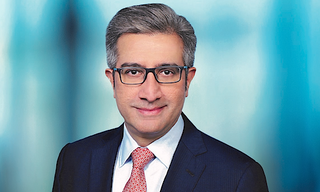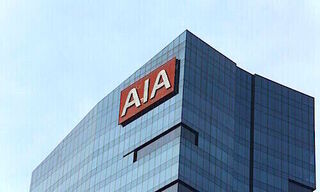Although the market delivered its second best year on record, Bain & Company, in its latest annual report on private equity in the region, warns that sources of value are shifting.
The private equity (PE) market in Asia-Pacific (APAC) showed resiliency last year. Despite geo-political uncertainty at home and abroad, the region delivered its second best year on record, based on deal value, behind unprecedented results in 2015.
However, even as the market continues its strong run, the days of «buy low, sell high» have ended in APAC. Shifting profits and compressing returns are pushing funds to identify new sources of value with a focus on cost and capital efficiency and M&A opportunities.
Private Equity in APAC
Bain & Company’s latest annual Asia-Pacific Private Equity Report found that investment momentum eased in 2016 due to a drop in the number of megadeals and softened deal activity. Deal value slowed but remained solid, decreasing to $92 billion – down from $124 billion in 2015. Deal count also dropped to 892, after peaking at more than 1,000 the year prior. The market continued to benefit from investor interest in Internet-focused opportunities, mostly in China and India, which comprised more than one-third of deals last year.
After two years of vigorous activity, exits tailed off in 2016, partly due to a weak equity market in China that hobbled IPOs. In other APAC countries, the drop was a function of few remaining large assets that were ripe to sell. This eased exit value in the region from an all-time high of $115 billion in 2014 to a historically normal level of $74 billion. India, on the other hand, was fertile ground for exits last year, as was South Korea and Southeast Asia, thanks to a handful or large exits.
«PE firms now face the task of sustaining this positive momentum amid another year of uncertainty ahead.”said Suvir Varma, who leads Bain’s Private Equity Practice in Asia-Pacific
One Size Does Not Fit All
While the PE market generally performed well across APAC, results differed greatly by country:
PE firms in Greater China have a large pool of companies in which to invest, and this region remains the primary market in the Asia-Pacific PE landscape. Investments reached $49 billion in 2016, down compared to last year but still 30 percent above its five-year average. However, clouds are gathering: slowing growth, corporate debt and steep valuations made it difficult to maintain a strong momentum.
PE in India had another strong year. Deal value was down only slightly from 2015 – $19 billion to $15 billion last year – but up versus its historical average. Exit momentum remained active, and value was up 114 percent from its five-year average, thanks to a balanced sector focus and strong growth prospects. Additionally, there was increased interest in PE across the country, but disappointing returns, high valuations and mounting competition have tamped down investments.
High Pricing and Heavy Competition
Southeast Asia’s PE markets steadily improved with a larger pool of targets and more robust GP networks. Deal value reached $6.8 billion, up 14 percent from its five-year average. However, the region is still hampered by high pricing and heavy competition, coupled with local macro challenges.
Supported by its largest ever PE deal, Japan had its best year since 2007 with $10 billion PE investment value, up 53 percent from its historical average. If non-core carve-outs keep fueling deal flow, the limited number of large transactions and increased competition could pose a challenge for the market.
PE in South Korea has benefitted from robust deal flow, cash-outs and non-core divestments, but continues to battle steep pricing and intense competition for deals. The dearth of mega-deals also hurt performance. Deal value plunged to $6 billion in 2016, 29 percent below its historical average.
Australia is ripe with plenty of PE capital available, as well as secondary opportunities, but the availability of large quality targets is dwindling, contributing to a subdued market. The country is also fending off China-led competition and high prices. Deal value was cut in half – from $10 billion in 2015 to $5 billion last year, 36 percent below its five year average.


























